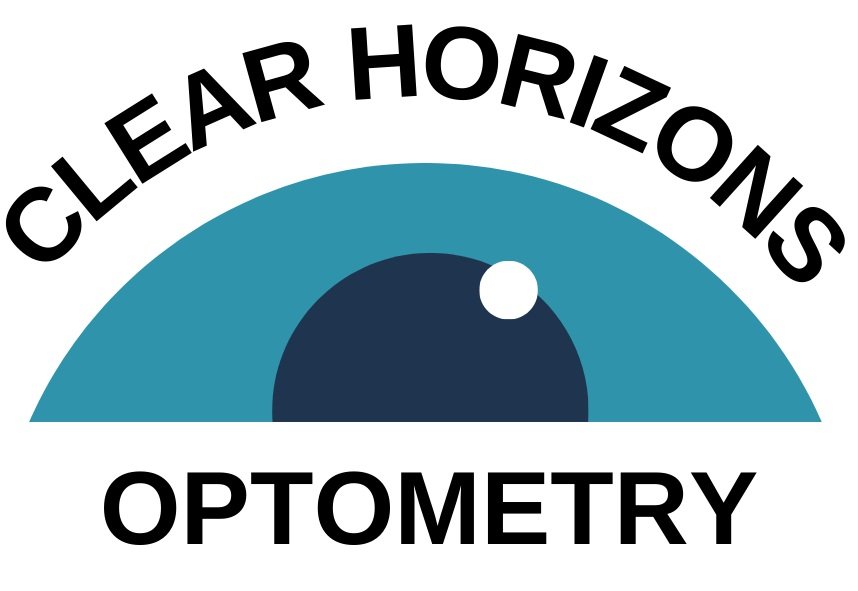VisionCheck
Award-winning VisionCheck measures nearsightedness, farsightedness, and astigmatism..
Product Manual
Model: EQ102
FAQ
-
Serious eye health conditions such as glaucoma, cataract, macular degeneration, and diabetic retinopathy cannot be diagnosed by the VisionCheck. We highly recommend visiting your eye doctor for eye exams regularly for the detection and treatment of eye health conditions.
-
The VisionCheck is a self-administered test, so results may vary based on your ability to take consistent, precise tests. The VisionCheck is an optical device powered by MIT-patented technology that measures refractive error and provides EyeGlass Numbers, which are the corrective powers needed to order new glasses and track changes in vision over time. In general, the margin of error for spherical and cylindrical measurements on glasses is within +/-0.25 diopters and many people’s vision may fluctuate that much daily. Many people also have a small acceptable range of correction that works well for them. The VisionCheck is accurate to within +/-0.50 diopters.
The margin of error for pupillary distance is within 1mm. It is important to conduct the self-administered test correctly to get the best results.
Our community of testers have provided hundreds of testimonials, many touting the accuracy of their test results with EyeQue devices when compared with recent eyeglass prescriptions. Read some of those here. -
With VisionCheck you can:
Test your vision in real time
Track your vision over time
Share your results with anyone via email
Order glasses (single vision, ) from select online retailers using your EyeGlass Numbers.
Measure your pupillary distance via the EyeQue PDCheck (included with purchase)
Share your VisionCheck device and PDCheck device with others who have an active EyeQue Account. -
VisionCheck requires you to complete a minimum of three full tests to set a baseline for your results. Once three consistent tests are completed, your results dashboard in the VisionCheck app will give you feedback on your test performance.
For example, if your testing is inconsistent, the VisionCheck app will not display EyeGlass Numbers (EGNs) on the dashboard, and you will be prompted to contact our support team for more information and assistance. If your testing is consistent, the VisionCheck app will indicate that you can use your EyeGlass Numbers to order glasses online if you wish. -
The VisionCheck is non-invasive and completely safe to use. The VisionCheck device is attached to your smartphone screen and uses the light emitted from it. With several optic lenses inside the device, only a small fraction of the light from your smartphone screen actually reaches your eyes. The VisionCheck is also registered with the FDA as a class 1 medical device with 510(k) exemption.
-
VisionCheck is powered by MIT patented technology called Inverse Shack-Hartmann.
How it works:
The VisionCheck projects images from your smartphone screen through your pupil and onto your retina. Your refractive error (nearsightedness, farsightedness, and astigmatism) causes you to see these images in a certain way. Based on the way you conduct the vision test, our technology calculates your EyeGlass Numbers; the power needed to correct your refractive error.
Specifically, two lines (one red and one green) are projected onto your retina. Your goal is to overlap the lines to achieve one solid yellow line. As you overlap the lines, based on what you see, the VisionCheck calculates how far you’ve moved the lines, giving you an accurate measurement of your vision. There are nine total measurements taken for each eye. After each measurement, the optic lenses will rotate internally to present and gather a meridian of the eye. Once you’ve completed the testing on each eye, your measurements are calculated in the EyeQue Cloud, taking into consideration your specific inputs including any previous tests that you’ve taken



